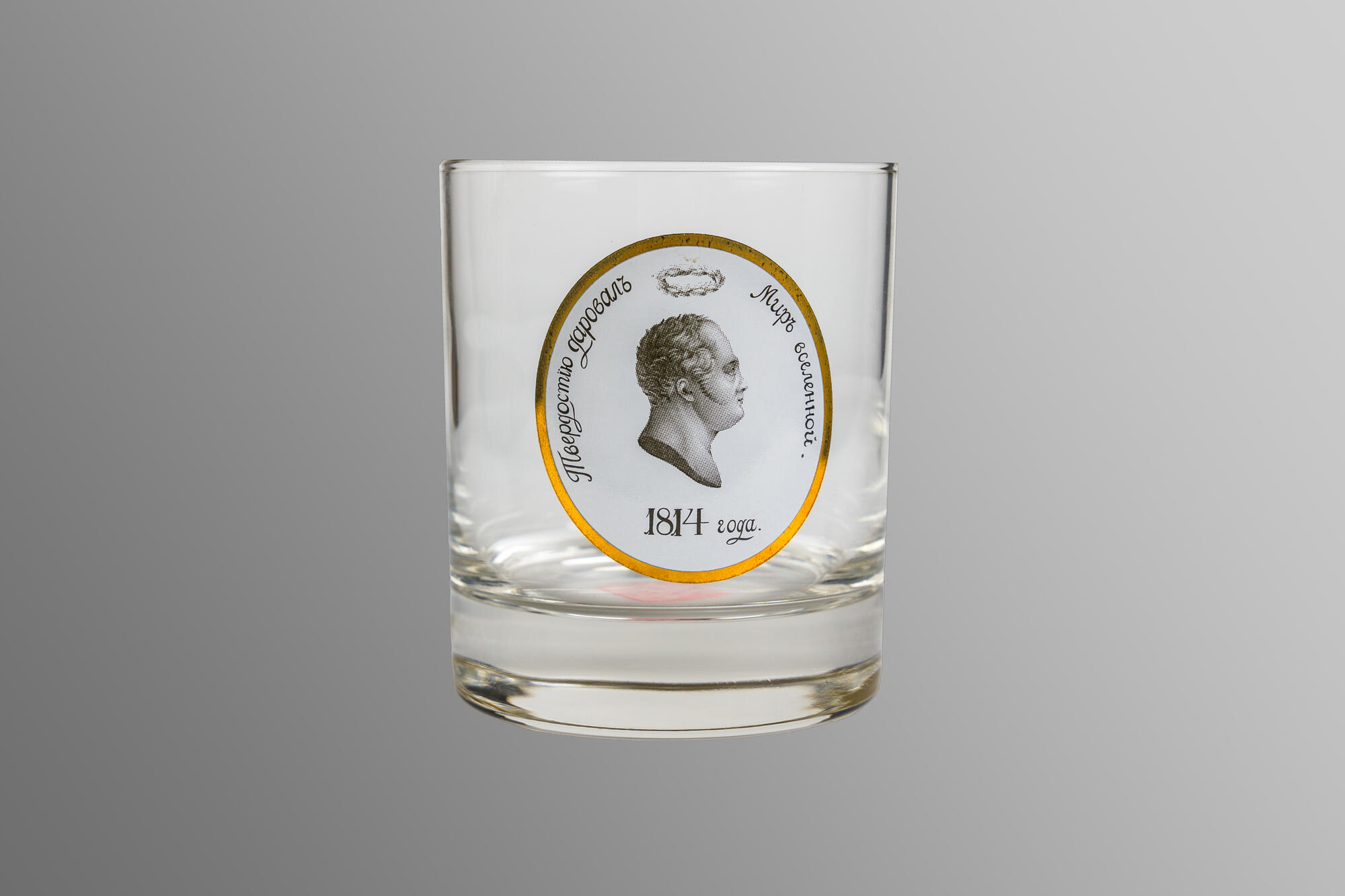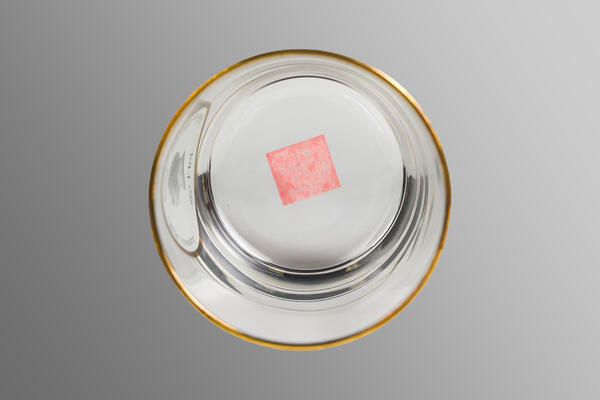Alexander I Pavlovich (1777 –1825) was the Emperor of Russia from 1801 to 1825, the eldest son of Emperor Paul I and Empress Maria Feodorovna.
Alexander I headed the Third Anti-French Coalition, which Russia joined in 1805. The emperor was directly involved in developing the plan of military action in 1813–1814, while staying at the headquarters of the Main Army; he was present at all major battles of the campaign. On March 31, 1814, Alexander I entered Paris at the head of the allied forces, and he was one of the leaders of the Congress of Vienna, which ended the era of the Napoleonic Wars. Aristocrat and liberal, enigmatic and open at the same time, Alexander struck his contemporaries as a mystery, which everyone unravels in their own way. Napoleon called him an “inventive Byzantine”, an actor capable of playing any prominent role.
In his youth, Alexander Pavlovich, a tall, slender, handsome young man with blond hair and blue eyes, was a heart flutterer. Having received an excellent upbringing and a brilliant education, he was fluent in three European languages. According to Metternich, an Austrian diplomat and mastermind of the Congress of Vienna in 1815, Alexander I was an intelligent and perceptive man, but “devoid of depth”. He was quite quick and fervent in his enthusiasm for various ideas, but he also changed his hobbies easily. From childhood, Alexander had to please both his grandmother (Catherine) and father (Paul), whose characters had little in common. “Accustomed to antagonisms, he looked and lived like a harlequin”, Pushkin wrote of him. Modern historians confirm the validity of this observation: Alexander lived in two minds, had two formal guises, dual manners, feelings and thoughts. He learned to please everyone, it was his innate talent, which ran like a golden thread through his later life.
As modern scientific
literature suggests, the sources of formation of the historical memory of
Alexander I are diverse (including artistic and journalistic texts,
audio-visual sources, network content), and the image formed in the mass
historical consciousness is very controversial, Emperor Alexander is even
called “a sore spot” of Russian history.



